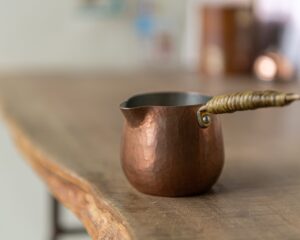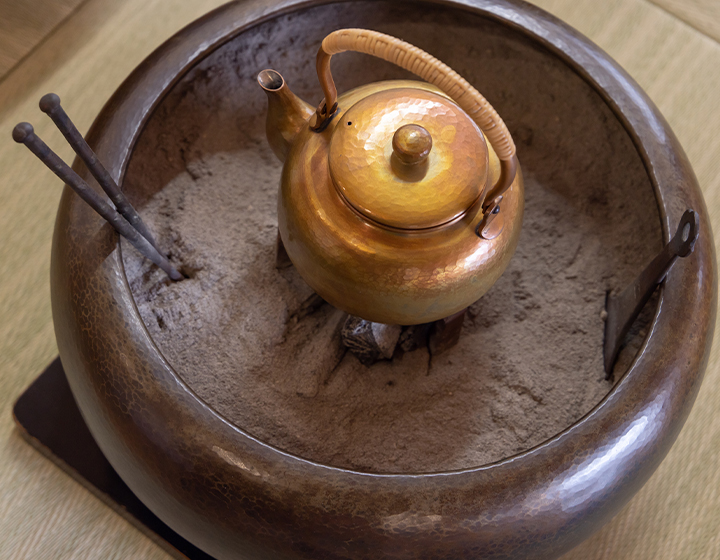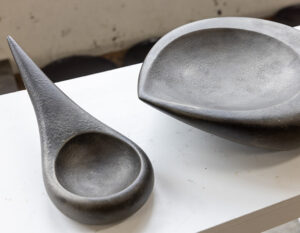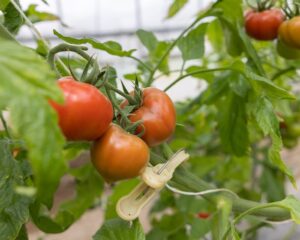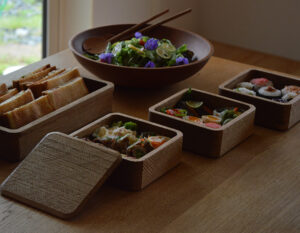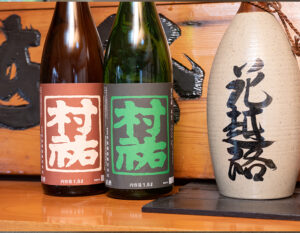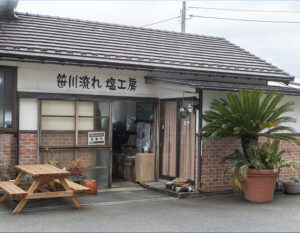What is Tsubame’s historic “hammered copperware”?
Tsubame City in Niigata Prefecture has been producing hammered copperware for 200 years since the late Edo period. Currently, Tsubame City is the only production center in Japan for this craft. The technique, named after the three-dimensional shape created by annealing a copper plate and hammering it into shape, has been passed down through the ages in this region, benefiting from the nearby copper mines. Hammering copperware is characterized by its robustness and smooth surface, reminiscent of ceramics, which is created by hammering several hundred thousand times before a single product is completed. The texture of the copper increases with care over the years, making it even more endearing. In 1981, it was designated as a traditional craft of Niigata Prefecture. However, there are currently only about 10 workshops that carry on this tradition, including private corporations.
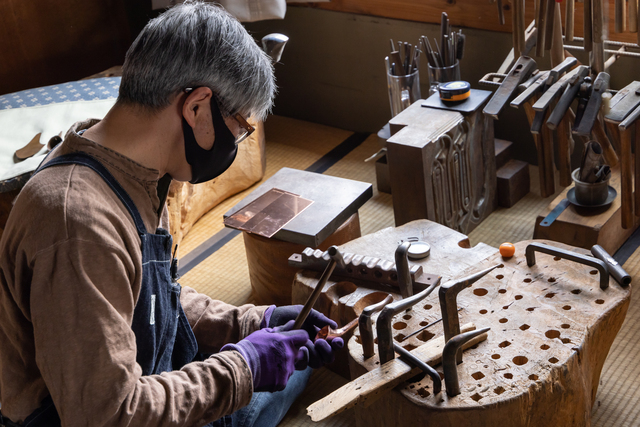
One of them is Shimakura-do, which has been carrying on the tradition for two generations, father and son. The first generation, Itami Shimakura, started his career at Tamagawa-do, a long-established manufacturer of hammered copperware, in 1952. He honed his skills and became independent in 1967. Masayuki Shimakura, the second generation, succeeded him in the Heisei era. Masayuki grew up watching his father as a craftsman and thought that he would follow in his father’s footsteps as a traditional craftsman in the future. Now he sits alone in his workshop and wields a hammer daily. He says, “Everything in this job is done by myself. It suits me.” Masayuki is a true craftsman at heart.
Shimakura Masayuki’s passion for hammered copperware
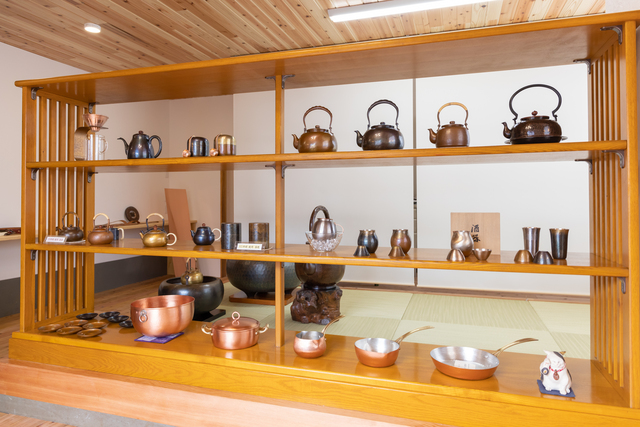
In the recently opened gallery of Shimakura-do, Masayuki’s works such as kettles, teapots, coffee pots, pots, sake cups, and tea utensils are on display, each of which emits a soft, dull glow from the uneven surface of its gold, blue, or silver-colored …… copper. The elegant and elegant beauty of hammered copperware is its characteristic, not overly flamboyant. Masayuki’s policy is to make what he thinks “would be nice to have,” although some designs are inherited from his predecessors. This is Masayuki’s policy. The products he painstakingly creates one by one are not just traditional handicrafts, but practical products that are a part of modern life. At the same time, they are all one-of-a-kind. They have a flavor and depth that cannot be expressed by mass production by machine.
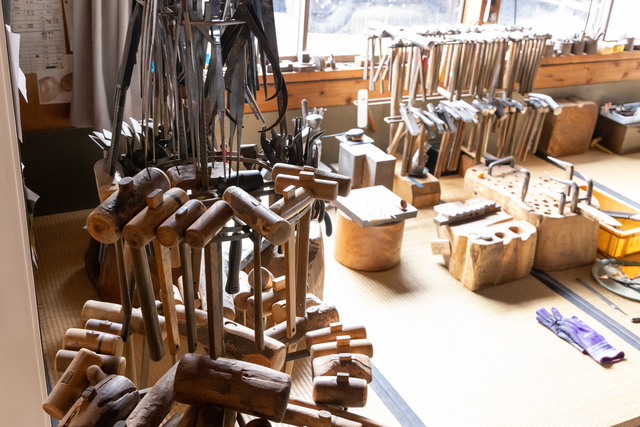
Masayuki’s craftsmanship begins with “when creating a new product, I first make the tools myself to match the product I want to make. In the workshop at the back of the gallery, there are machines for metalworking and welding, and the walls are crammed with hammers, hammers, and nails. Without the right tools, the ideal form cannot be achieved. Everything is necessary to realize the perfect form envisioned in the mind. As the forming process called “hammering” begins, a high pitched “kankon-kankon” sound rhythmically echoes through the workshop. Using a variety of hammers and wooden hammers, the rest of the work is done by hammering the copper plate.
The fascination of hammered copperware, which changes depending on the quality of the copper and the user.
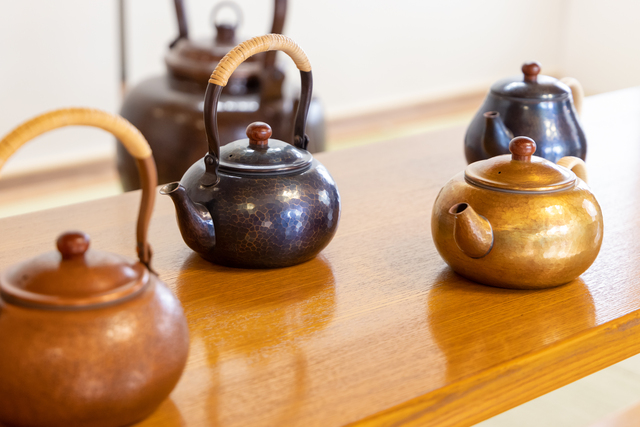
Copper has a number of advantages as a household item and cooking utensil. First, it is hygienic because of its sterilizing properties. It purifies water, which enhances the flavor of boiled water and teapots. It also has a higher thermal conductivity than other metals (twice that of aluminum, five times that of iron, and 25 times that of stainless steel), so when a pot is heated, the heat is evenly distributed throughout. This means that the quality of the water changes and yet cooks quickly, making tea, coffee, and food taste better. Another important feature of copper is its longevity, as copper is highly resistant to corrosion, as evidenced by the fact that copperware from thousands of years ago is still in existence. If the utensil is well cared for and lovingly wiped dry, it can enjoy a long-lasting change in texture over time. Masayuki says, “The color changes depending on the feelings of each person who uses it. This is precisely the fun of continuing to use a household item that will last a lifetime. Just as traditional techniques are passed down from generation to generation, products can also be passed down from generation to generation.
